By Dan Kennedy, Kumveka Executive Director
He’s helped dozens of ministries determine which research method will get them the answers they need. This is the final post in a three-part series. Read Part 1 and Part 2.
The first two posts in this series covered the what and why of research. Now let’s jump into the how with a quick overview of 3 basic methodologies and a free tool you can use to get started.
Method #1: Desktop research
This includes competitive landscape research and audits (in-depth look at your communications, customer experiences, etc.)
Method #2: Qualitative research
Most common examples of qualitative research are interviews and focus groups.
Method #3: Quantitative research
Numbers-driven research, including surveys (we use SurveyMonkey) and database mining.
We’ve put together this “at-a-glance” cheat sheet of these research definitions, their pros and cons, and investment levels.
Download a PDF of these charts.
Pro-tip: Build your summary deck before researched is conducted. You won’t have the results yet, but you will have a framework—based on your learning agenda—to ensure your research is effective and that you can outline clear next steps.





